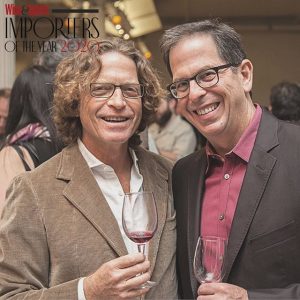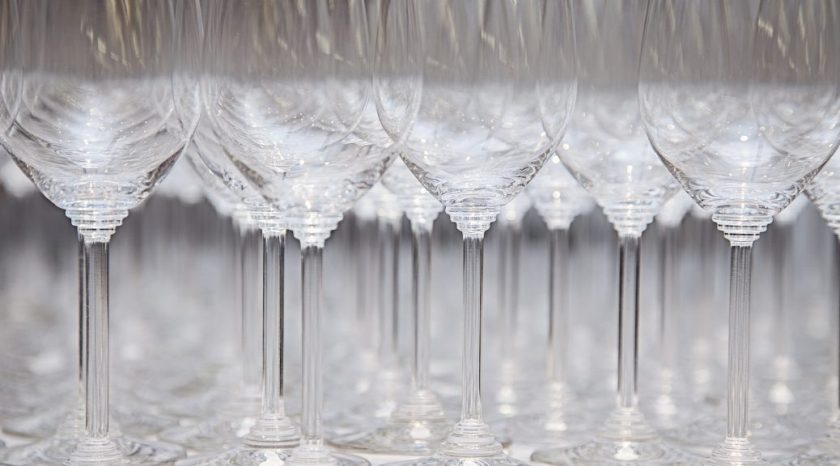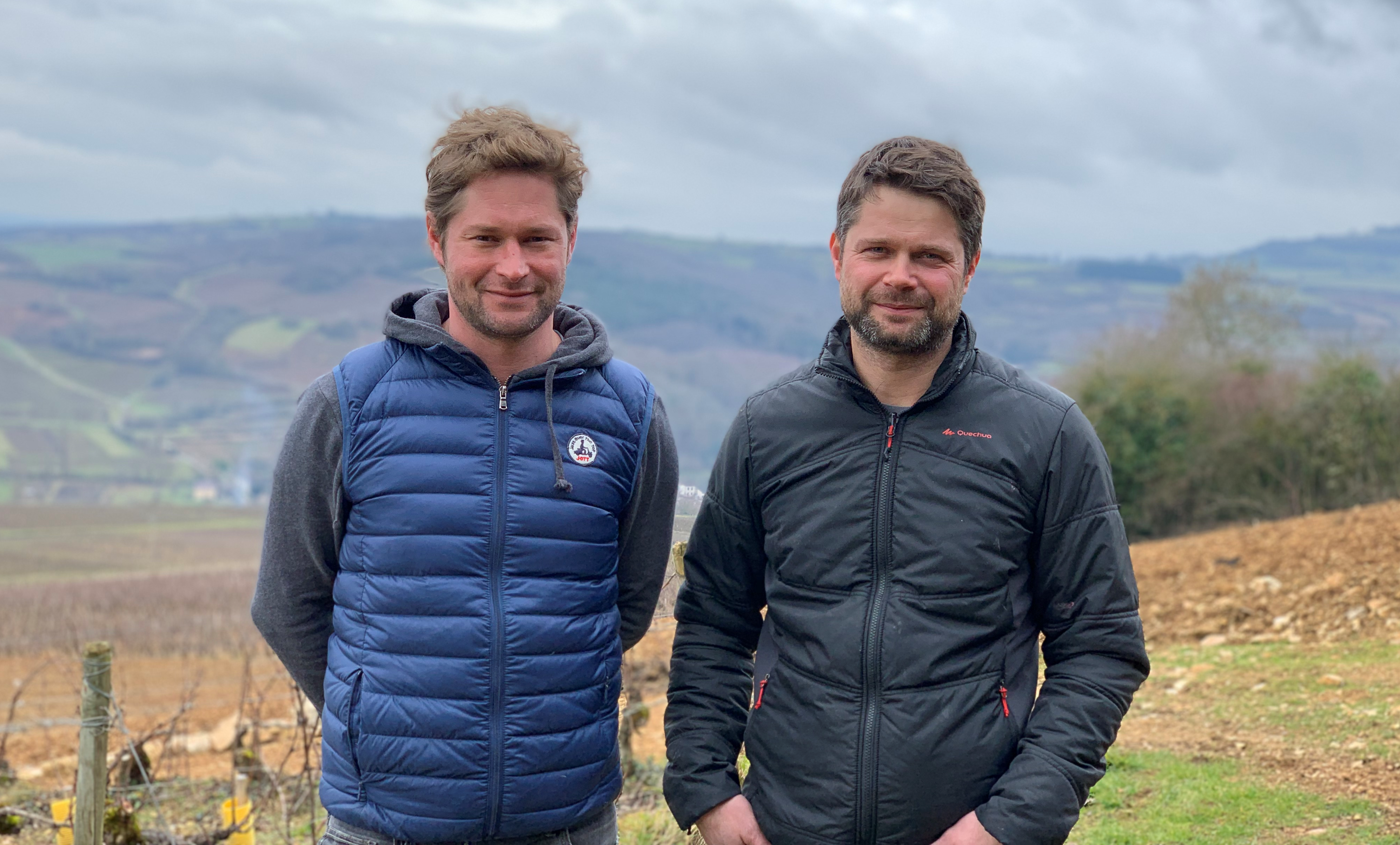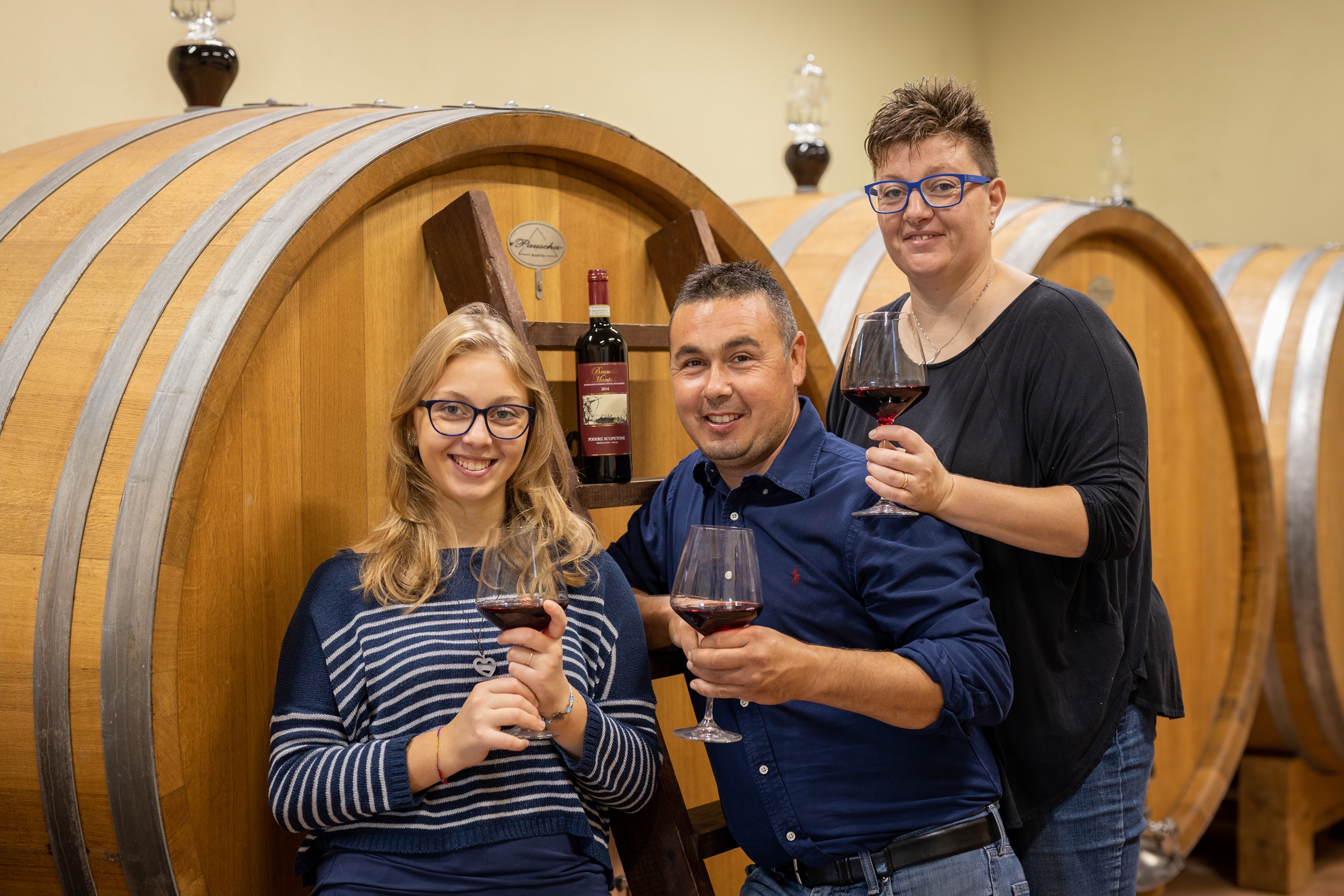Six of our suppliers who we represent in California have been selected in Wine & Spirits Magazine’s ‘Top 100 Wineries of 2020’, and today we’re spotlighting what makes these growers so special– as well as sharing a staff pick, one wine that we believe characterizes each producer selected.
GERMANY
Selbach-Oster
Our Pick: Selbach-Oster Zeltinger Schlossberg Riesling Spätlese
The Selbach family’s heritage in the wine business dates to 1660: Selbach’s ancestors shipped wines down the Mosel in their own ships, the wine carried in oak barrels made by cooper Matthias Oster, the great-grandfather on the paternal side of the family.
Today, Johannes Selbach and his wife Barbara, with the increasing help of son Sebastian and daughter Hannah, manage their vineyards and winery with passion and respect for the estate’s long held traditions. 55% of their 24 hectares of vines are on their original rootstocks, in Zeltinger Himmelreich, Schlossberg, and Sonnenuhr; Wehlener Sonnenuhr; and, Graacher Himmelreich and Domprobst. These vineyards of weathered Devonian slate are on a steep, contiguous slope facing south-south west and represent some of the most prestigious sites in all of the Middle Mosel. In fact, 85% of the Selbach’s vines are on steep slopes.
When it comes to the Mosel, the wines of Selbach-Oster are a must drink. The Schlossberg Spätlese comes from weathered Devonian slate, giving the wines a salty, almost smokey minerality that’s surrounded by lush, tropical fruit. Produced in the traditional Mosel style with long, slow natural fermentation in very old 1000l fuders, the wines are classic and consistently delicious
SPAIN
Bodegas y Vinedos Raúl Pérez
Our Pick: Bierzo Tinto, ‘Ultreia St. Jacques’, Bodegas y Vinedos Raúl Pérez
Raúl Pérez Pereira is universally considered to be one of the world’s most visionary winemakers. Since he produced his first vintage for his family’s winery in 1994 at the age 22, he has been in the forefront of the conversation about what has been called “The New Spain”.
In 2005, he left his family business to strike out on his own, creating Bodegas y Viñedos Raúl Pérez, which quickly became the point of reference for the Bierzo appellation. In the intervening years, he has expanded his sphere of activity to include the appellations of Rías Baixas, Ribeira Sacra, and Tierra de León, but his heart and his home remain in Valtuille de Abajo, the village in Bierzo where his family has been tending vines for well over 300 years.
Corison
Our Pick: Cabernet Sauvignon, Napa, Corison
Corison Winery was founded in 1987 with the passion of head winemaker, Cathy Corison, sourcing Cabernet Sauvignon grapes from prime vineyard sites on the benchland between Rutherford and St. Helena. She started her journey as an intern at Freemark Abbey before breaking out on her own at Chappellet. In 1995, with the purchase of Kronos Vineyard, Cathy established a property where her winery would eventually live. Kronos is exclusively planted to St. George rootstock, which is completely resistant to phylloxera, so the vines are over 45 years old.
Cathy has focused on making a specific style of Cabernet Sauvignon, one that wasn’t always ‘popular’ during the height of Robert Parker. However, her dedication to crafting restrained, powerful and elegant shines through. Kronos has been farmed sustainably for more than 20 years, in line with her philosophy of sustainable farming for all of the vineyards she works with.
Domaine de la Côte
After long stints of consulting and collaborating on other Santa Barbara (and beyond) projects, esteemed sommelier and author Rajat Parr and winemaker Sashi Moorman have finally realized their dream of an estate vineyard on the absolute extreme edge of the Sta. Rita Hills. The first site under vine when driving East from Lompoc, Domaine de la Côte is a collection of vineyards planted to Pinot Noir along the diatomaceous hillsides, each of which is vinified with various levels of whole cluster and bottled individually.
Inspired by Burgundian viticultural technique, the DDLC wines are compellingly individualistic and, after only a handful of vintages, have proven to be some of the most sought-after wines in California.
Hermann J. Weimer
Our Pick: Riesling ‘Dry’, Hermann J. Wiemer
Hermann Wiemer has been a winemaking pioneer in New York since emigrating from Bernkastel, Germany in the 1960s. Since 2007, Fred Merwarth and Oskar Bynke have run the winery and continue to pursue the production of pure Rieslings that speak of the terroir of Seneca Lake, with a not-so-subtle reference to the Mosel.
The wines are grown and bottled from three distinct estate vineyards — Magdalena, HJW, and Josef — which depict the distinct microclimates of the western shores of Seneca Lake. Sustainably farmed and hand-harvested.
Hirsch Vineyards
Our Pick: Pinot Noir ‘Sonoma Coast – San Andreas’, Hirsch Vineyards
David Hirsch began planting his vineyard near Fort Ross in 1980, long before the Sonoma Coast was realized as having potentially the best terroir in the county for Burgundian varieties. For many years, the aim was to sell the fruit to other winemakers, including Williams-Selyem, Siduri, and Littorai. Now, almost all of the fruit is bottled under the Hirsch Vineyards label.
Many great winemakers have made the Hirsch wines, including Vanessa Wong, Ross Cobb, and Anthony Filiberti. In 2017, Jasmine Hirsch, David’s daughter, took over as winemaker and will continue to steward Hirsch’s bottlings of individual parcels, as well as the ‘San Andreas Fault’ estate cuvée.
Click Here for the Full W&S Top 100!
 Wine & Spirits Importers of the Year 2020!
Wine & Spirits Importers of the Year 2020!
We’ve also been honored as an ‘Importer of the Year’ by W&S, who focused this year on importers excelling in specific regions; we have been recognized for our portfolio of wines in Italy, Spain, and France.
Thank you, W&S Mag, & congratulations to our impressive import counterparts who we appear alongside.






